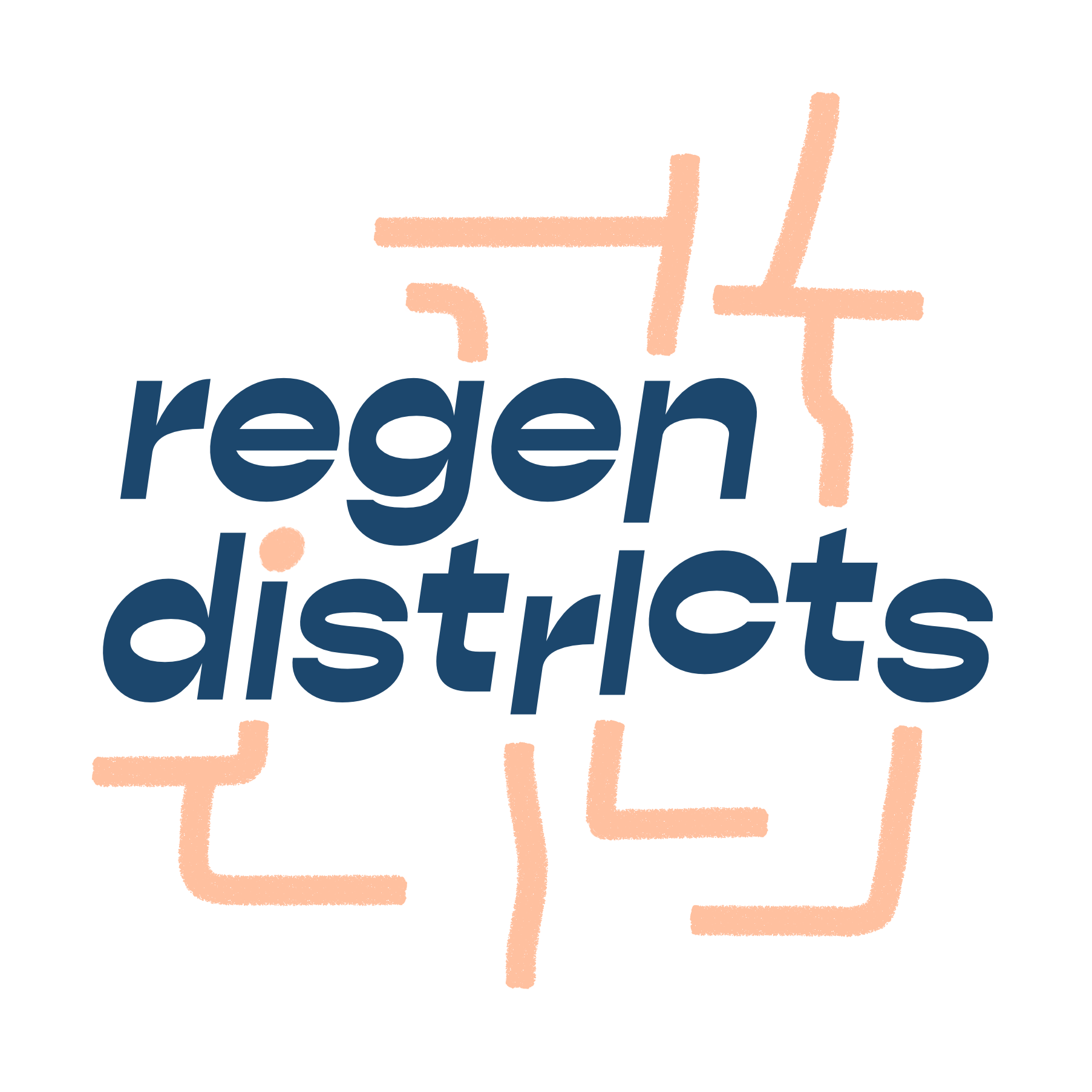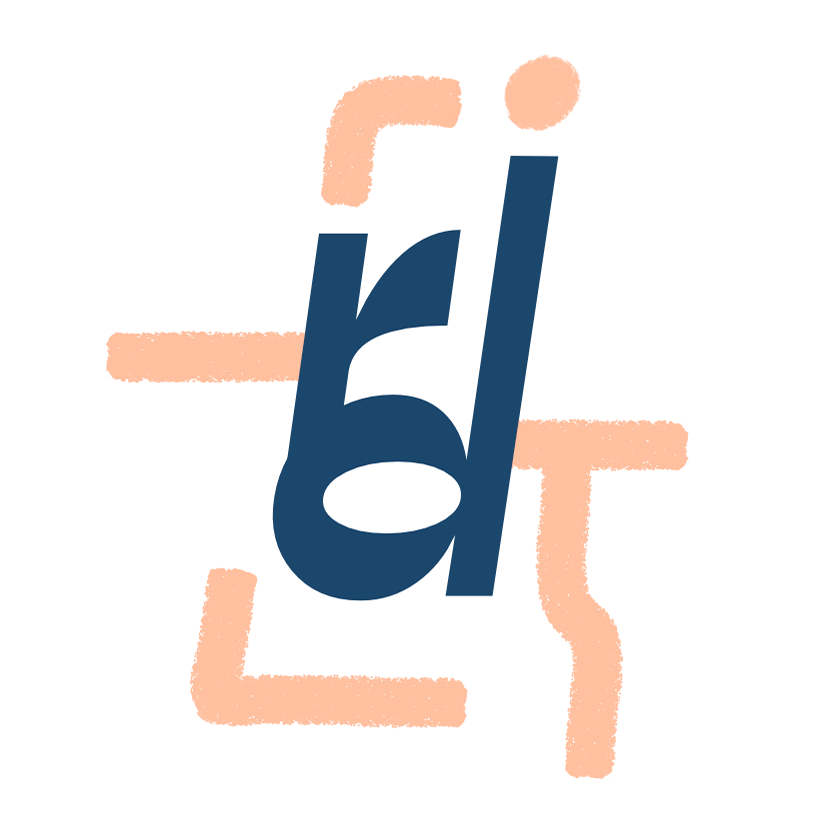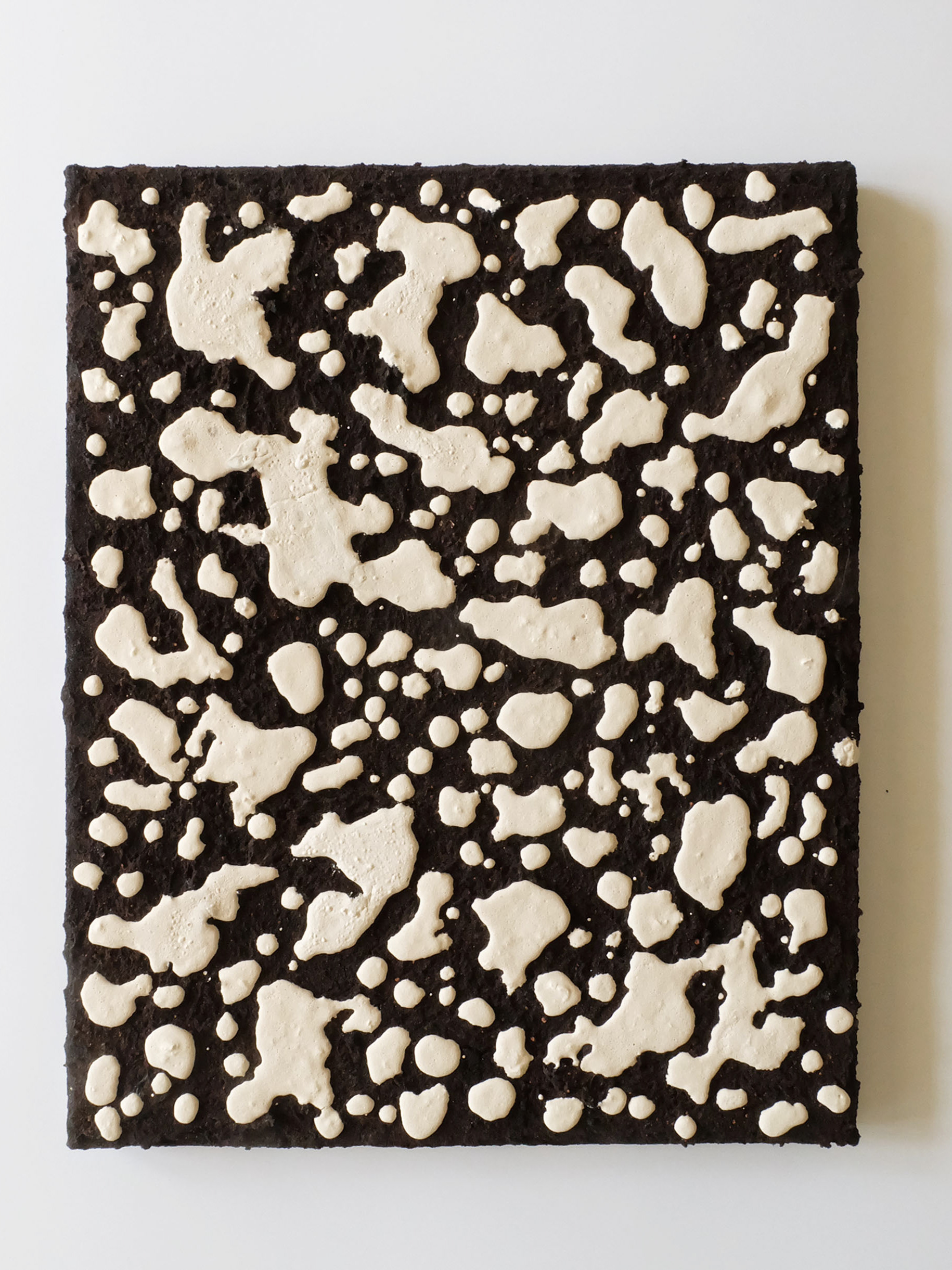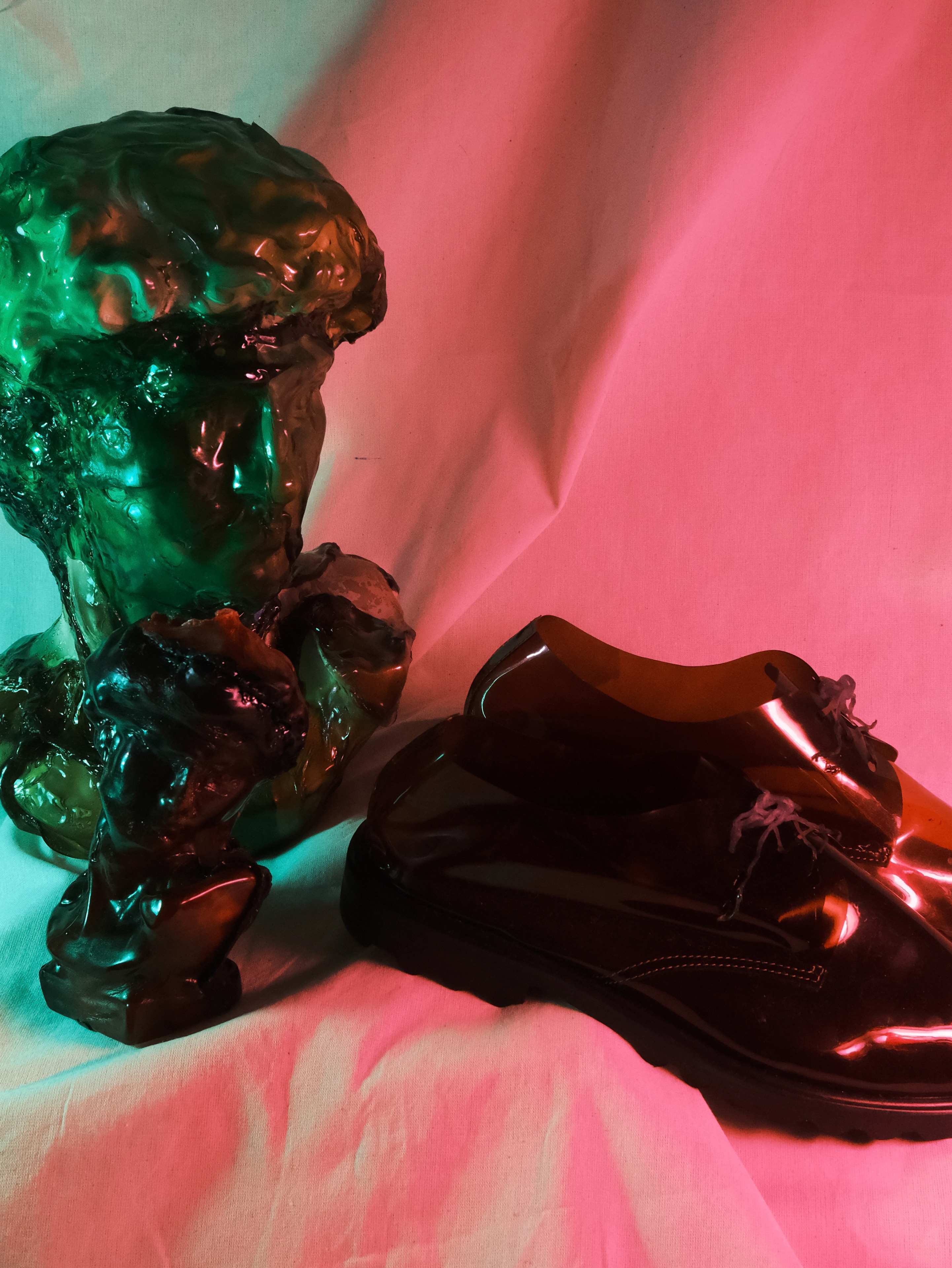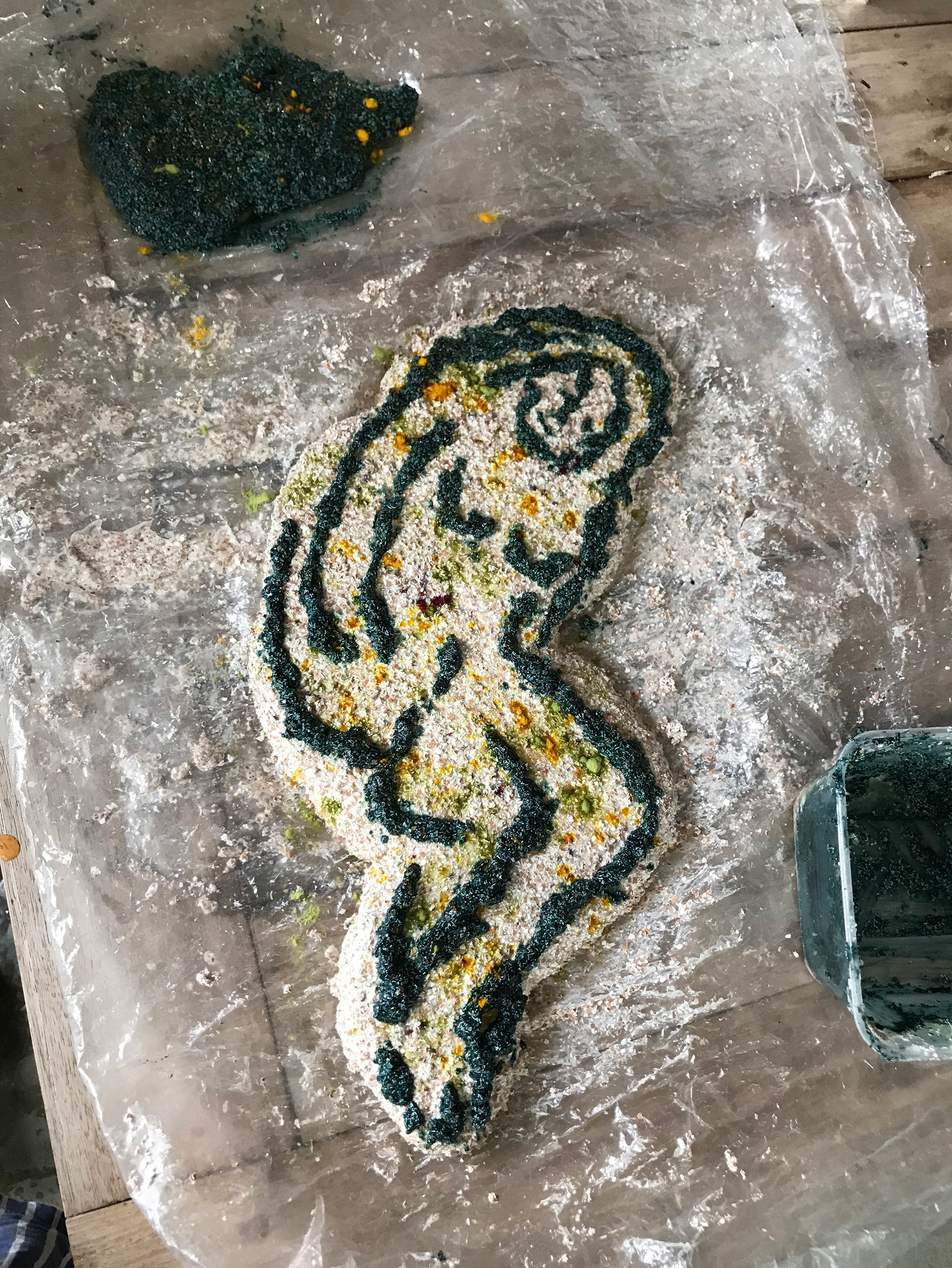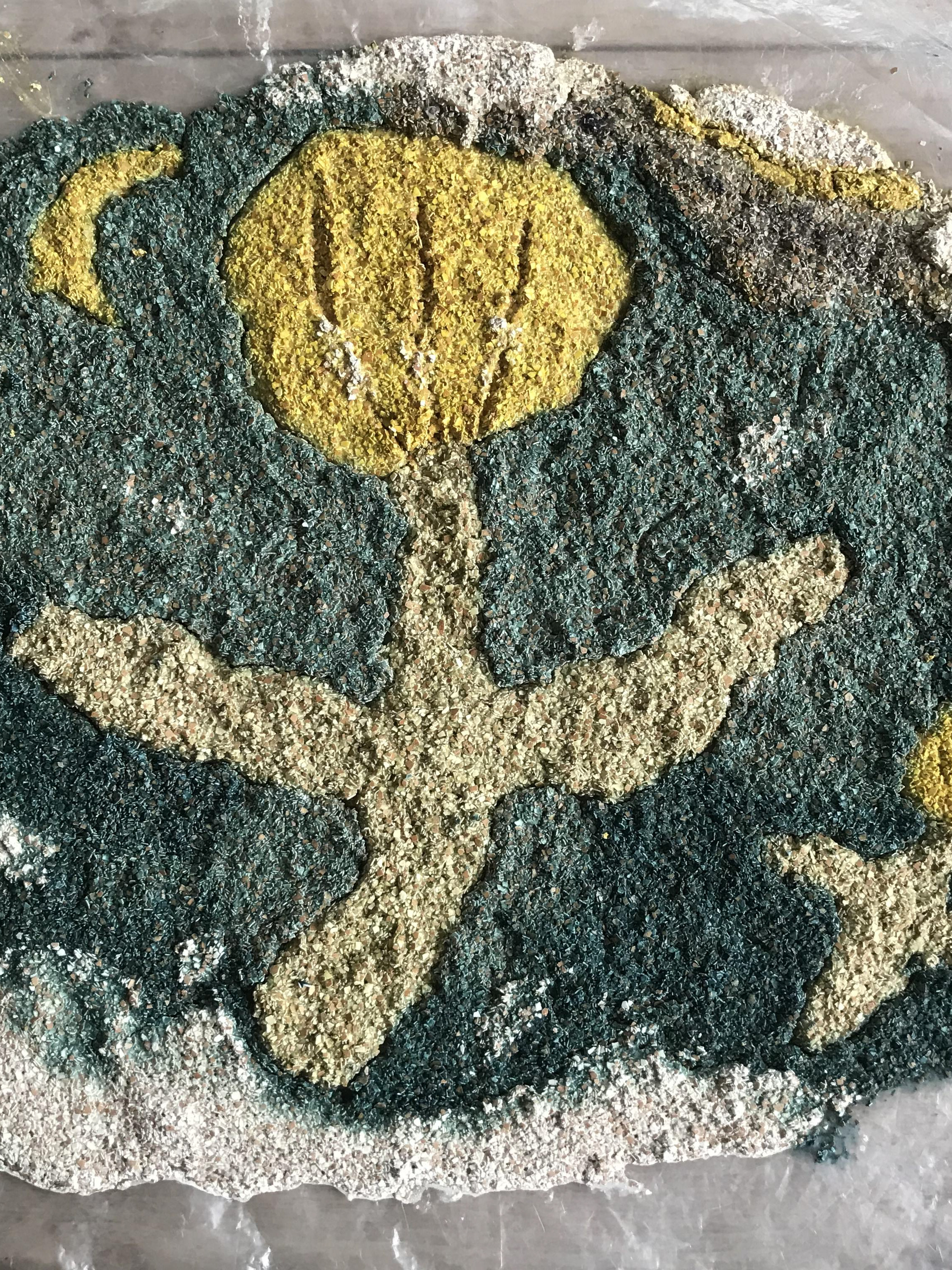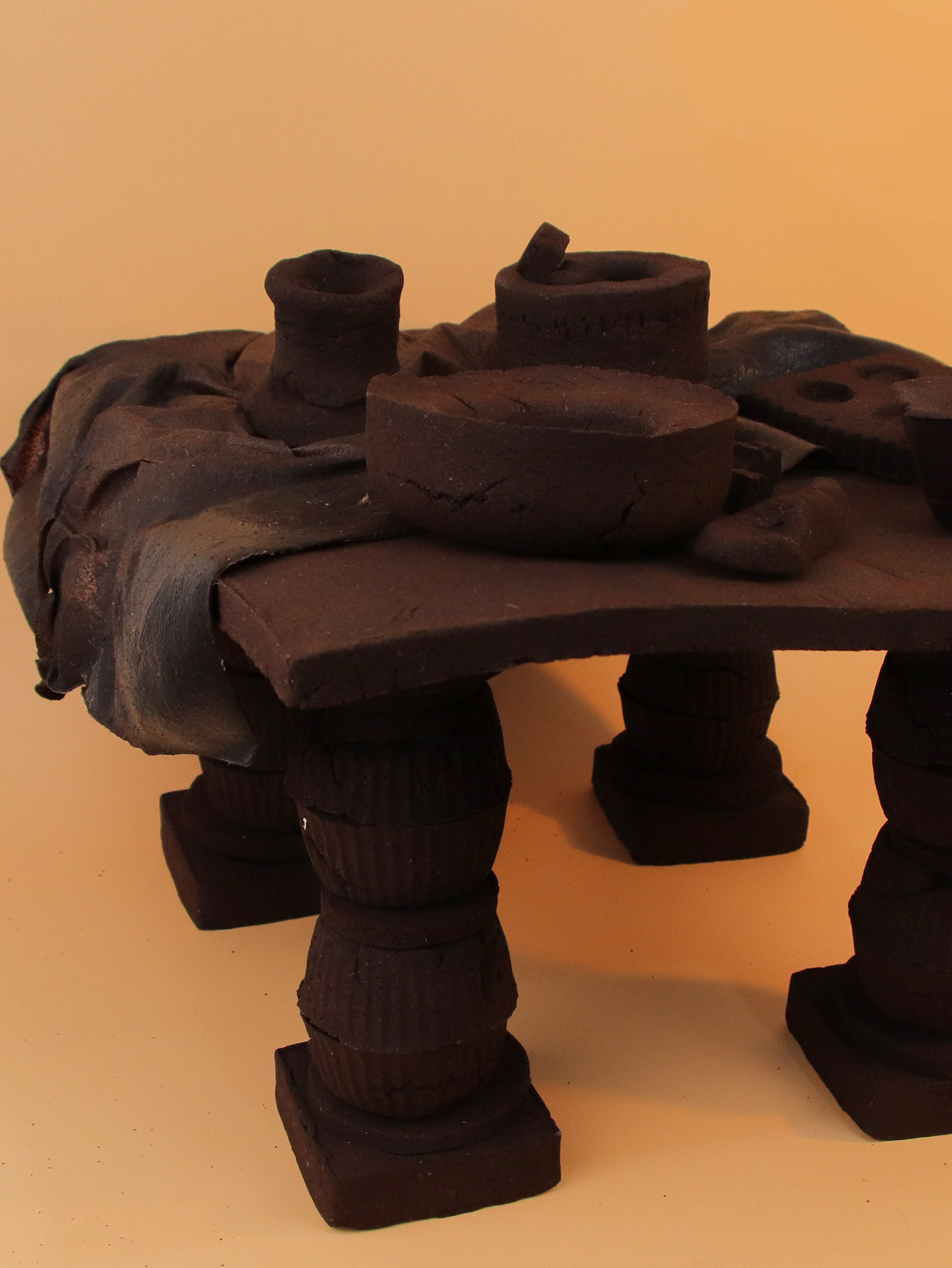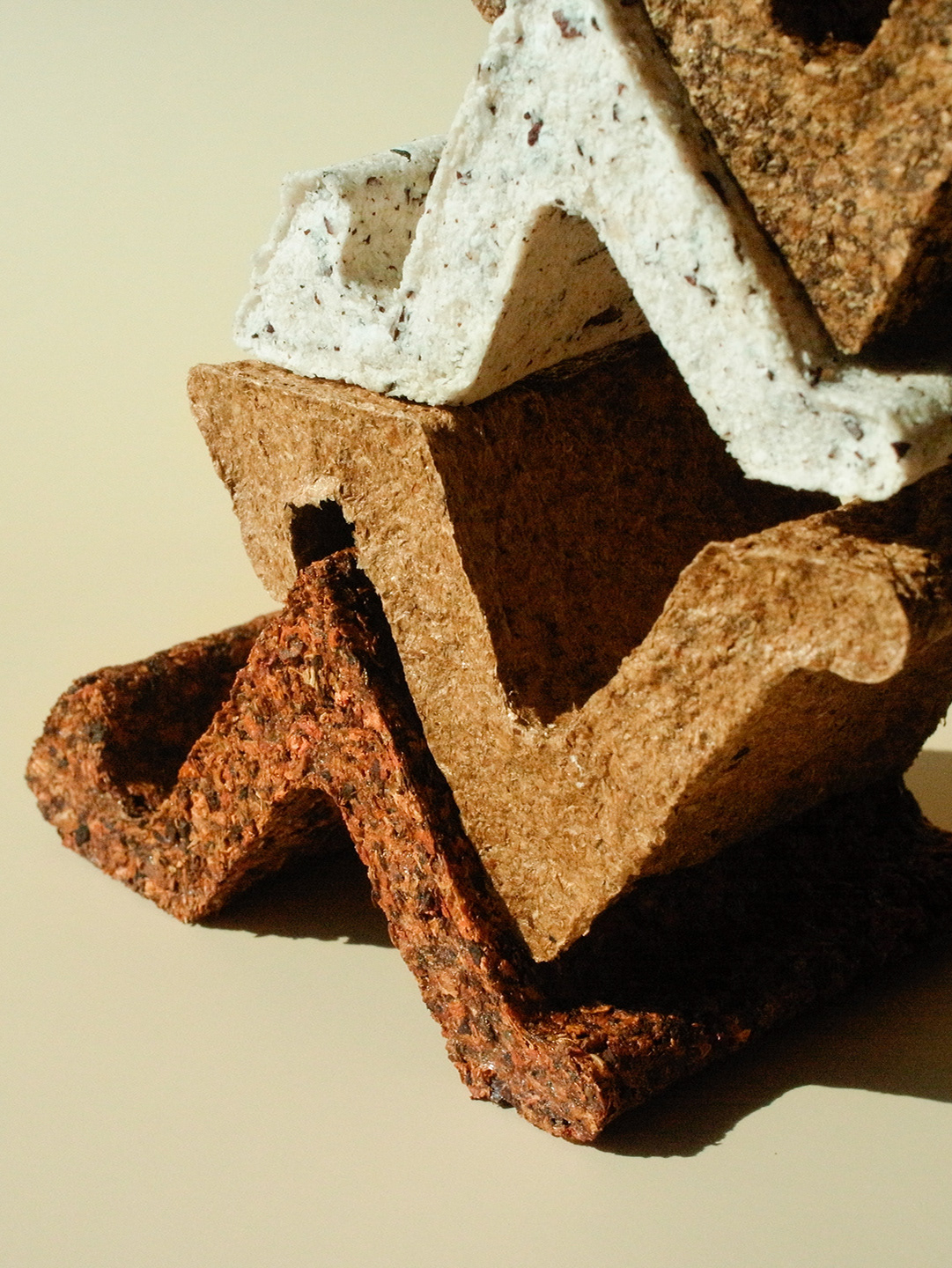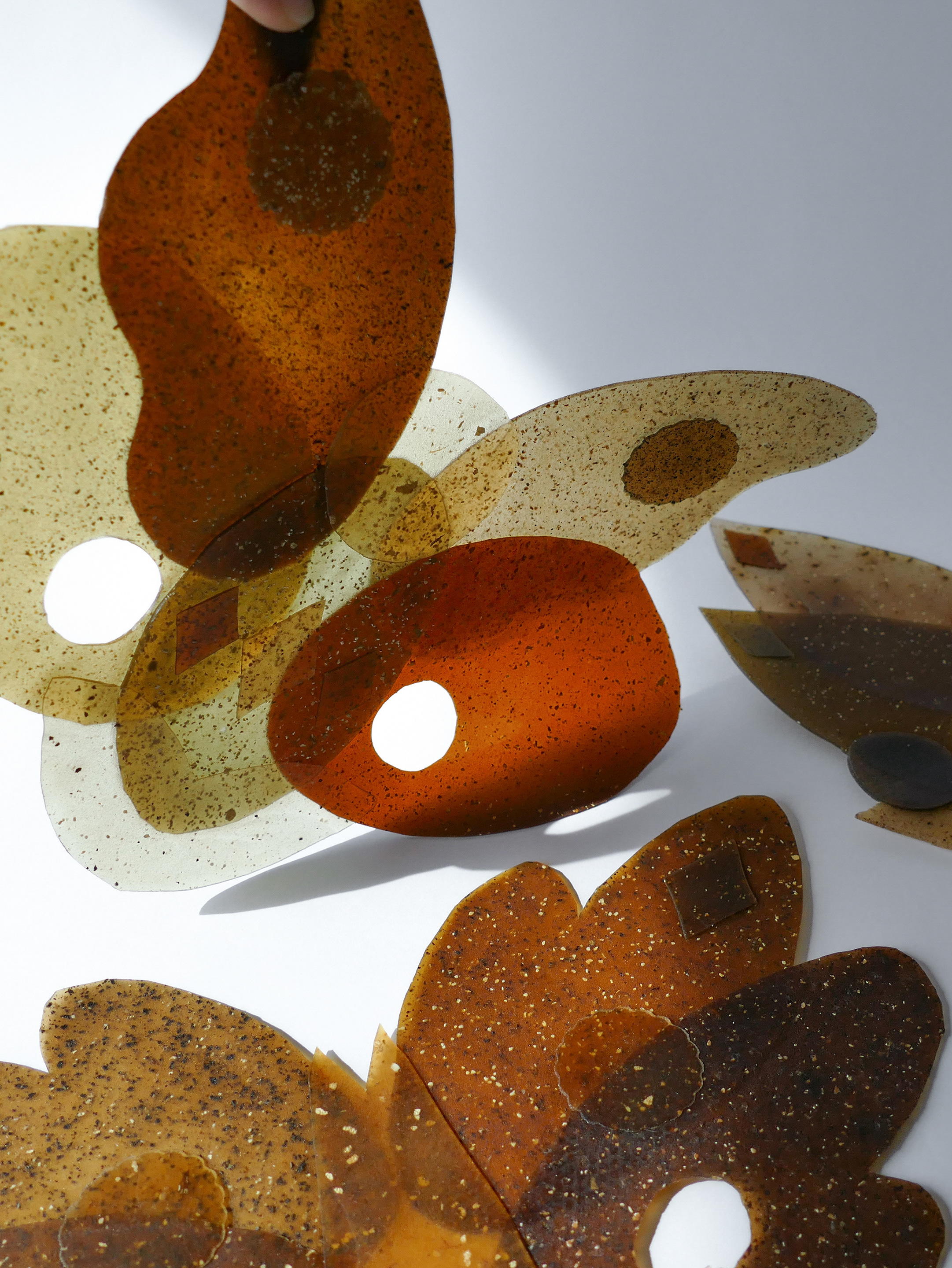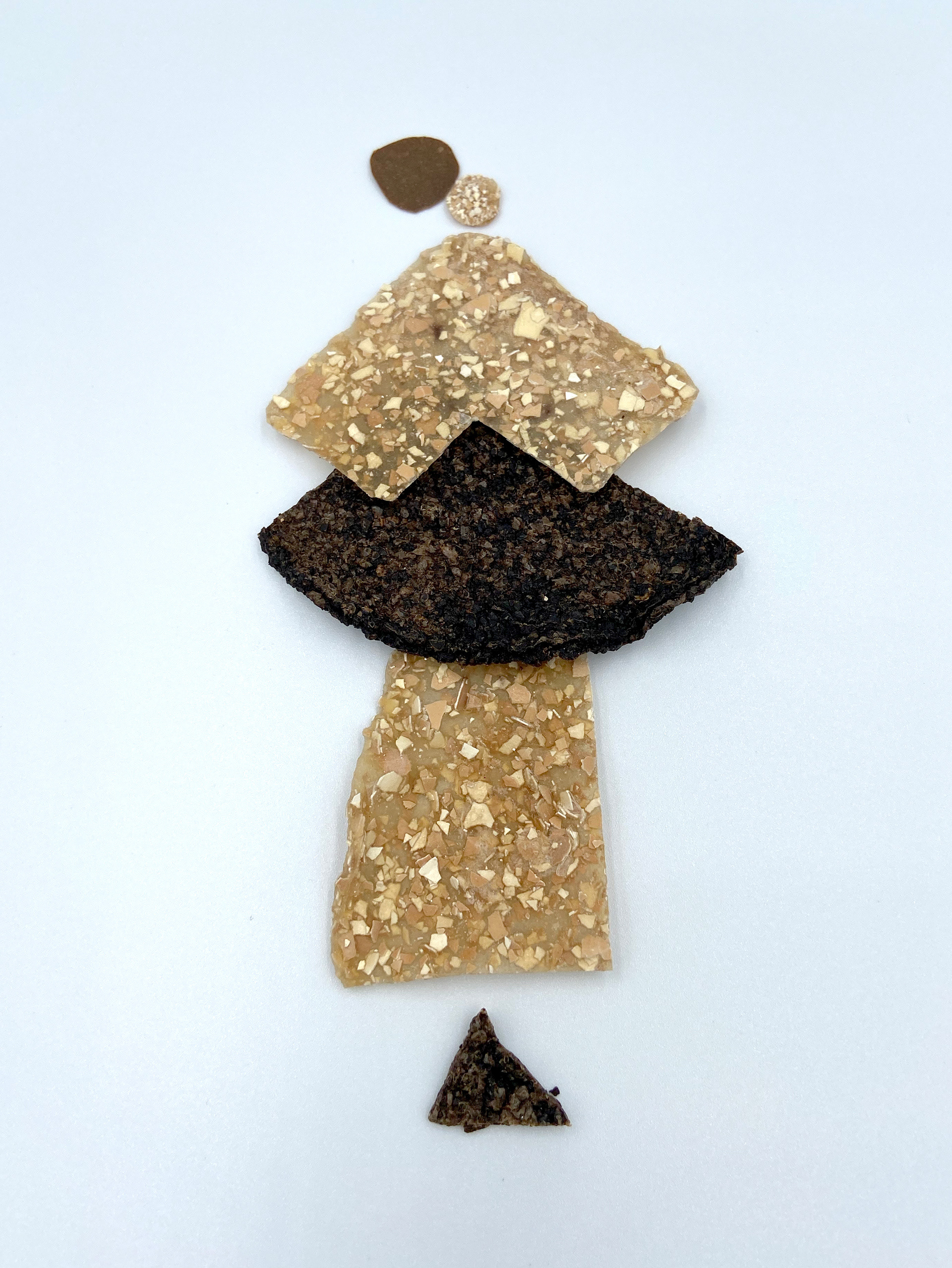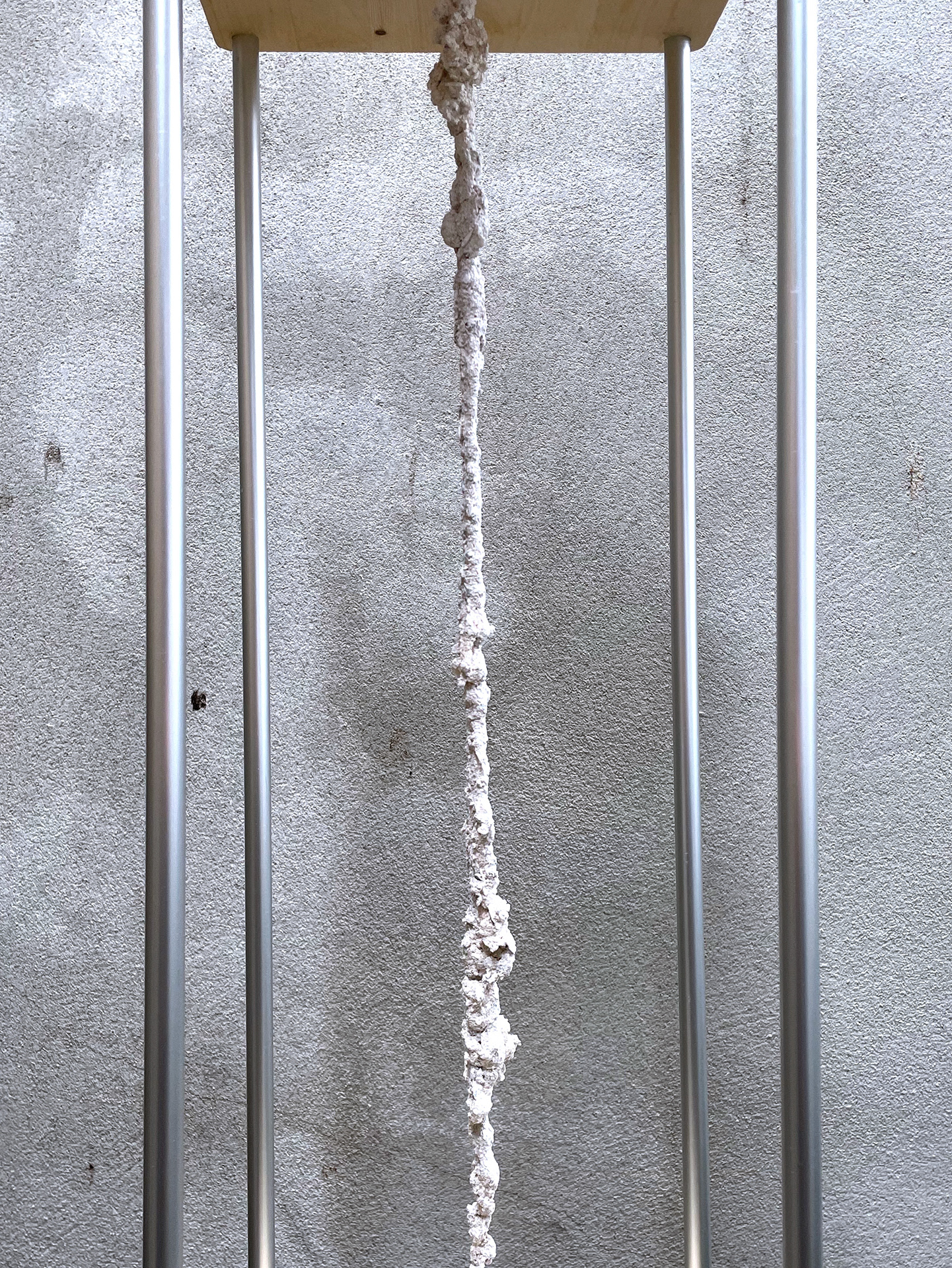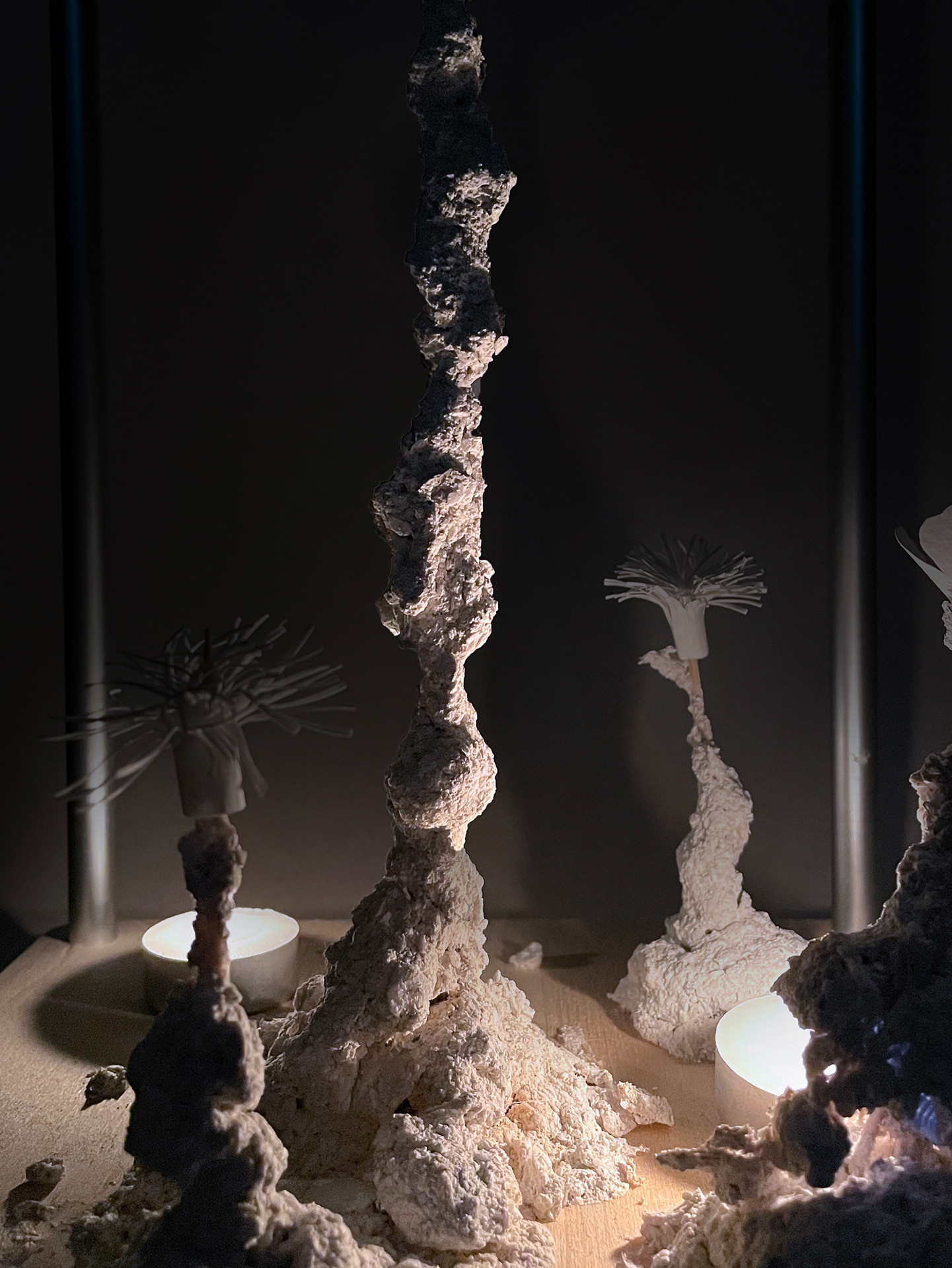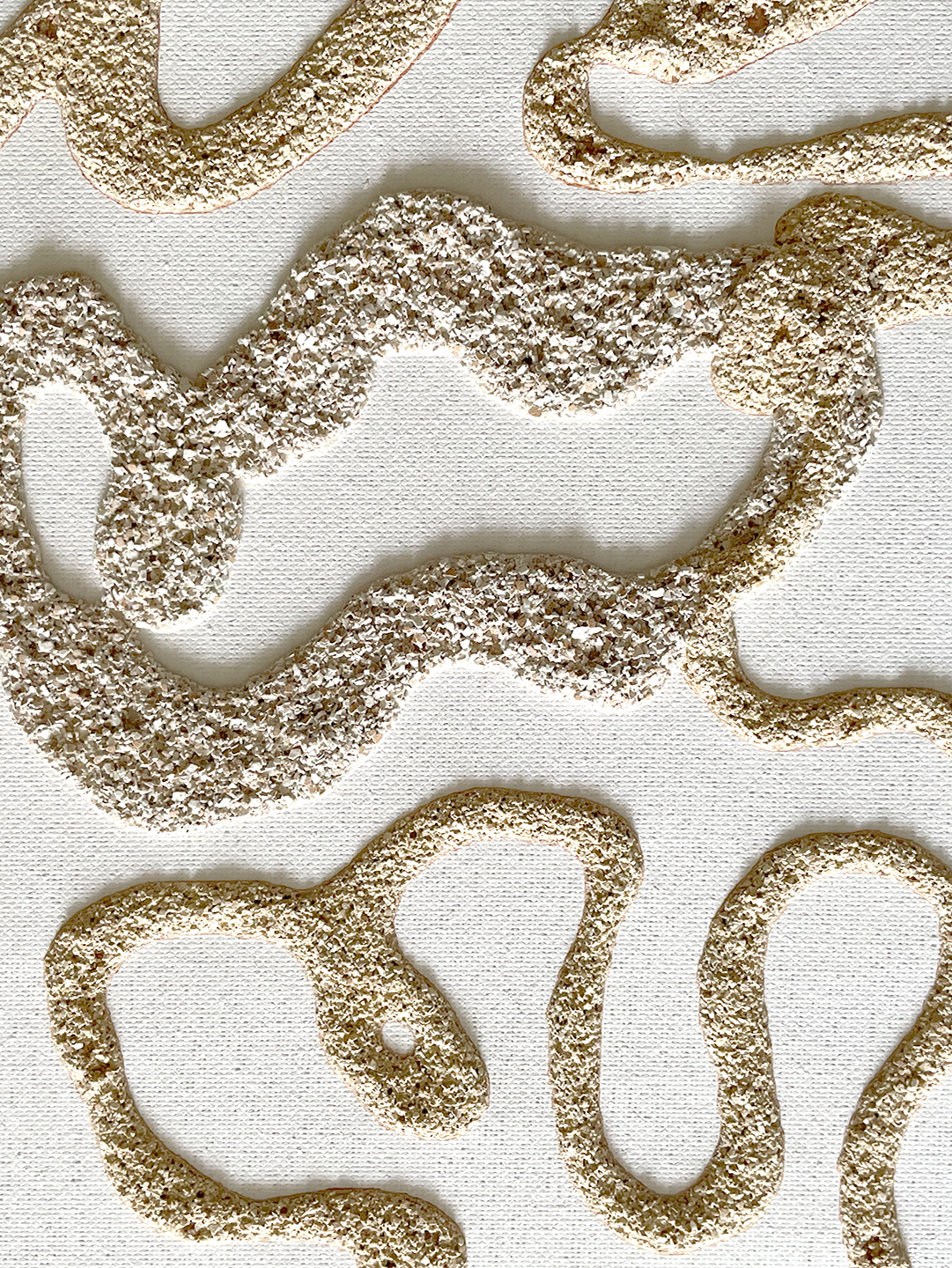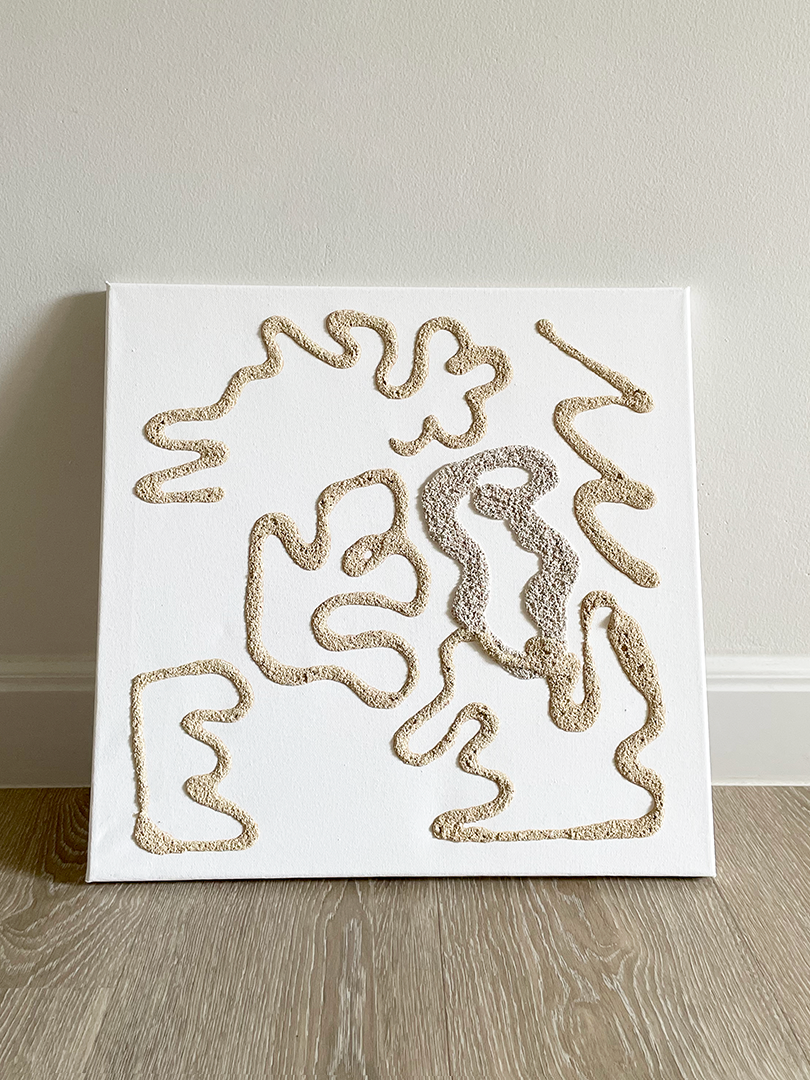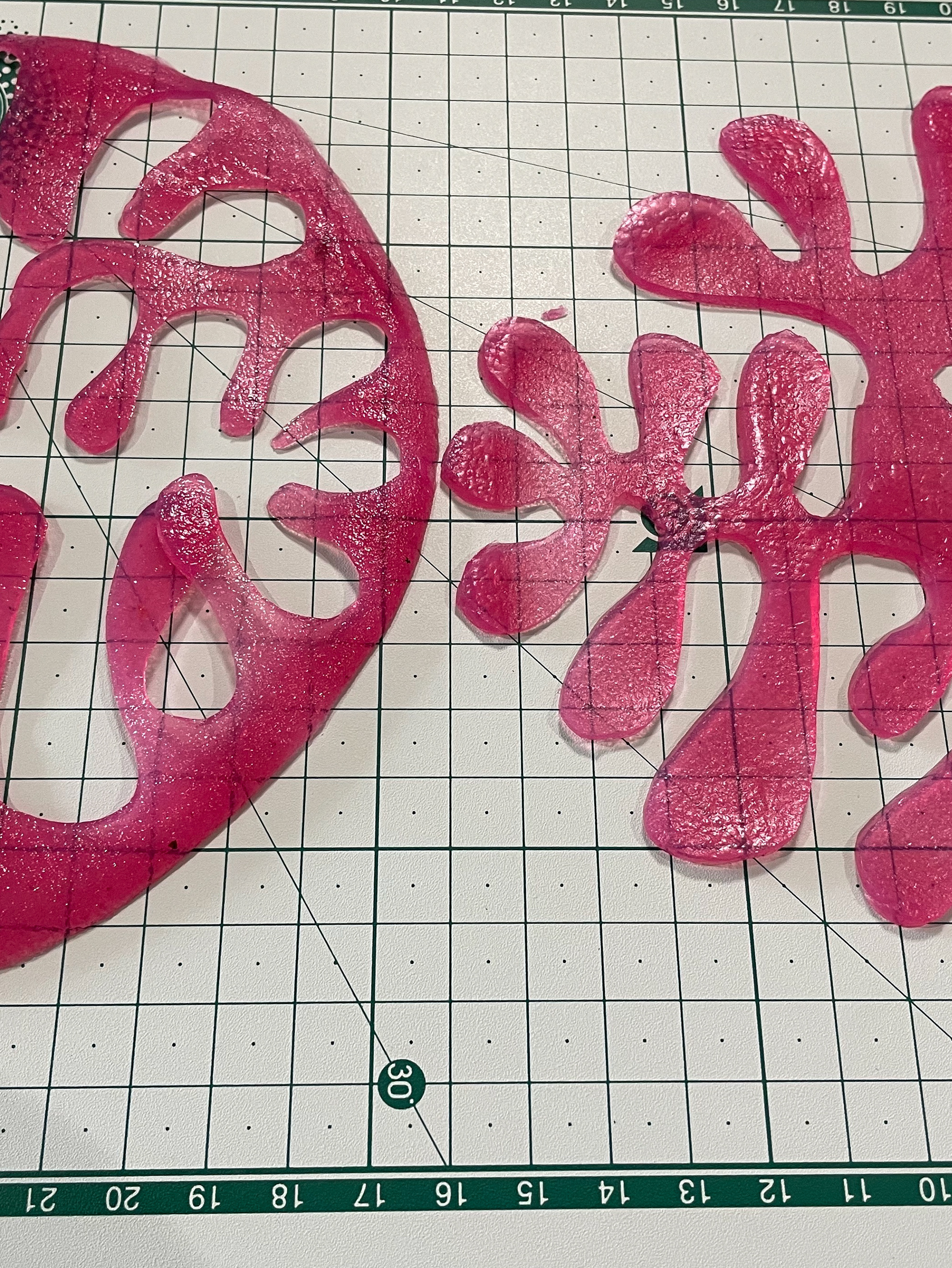

My bioplastic journey has started at the same time with Bangkok locked down. As much as the rise of COVID cases, the amount of single-use plastic has also significantly increased due to the change in people's lifestyles.
‘Plastic Twins’ explores an alternative recycling process for both single-used plastic and domestic food waste. Together, they can be used to create a family of bioplastic containers through a very simple process as easy as cooking a meal. The ingredients are Agar, Glycerol, water, and any food waste that is already dried and crushed. In this recipe, I mostly use eggshells and coffee grounds collected from my own kitchen and the restaurants nearby as main ingredients while adding various other wastes to compliment the texture and colour. Plastic water bottles and take-away containers were used as the mould to pour the mix in after it was heated and well-mixed on the stove. With their variety in shapes, they can be combined in many ways to create different forms of objects which, in this series, then be used as plant pots.
As home to the plants, ‘Plastic Twins’ aims to create a domestic circular ecosystem where food waste can be turned into objects hosting the plants that will soon produce food again. (if I switch from growing cactus to lettuce!). - and many more possibilities.

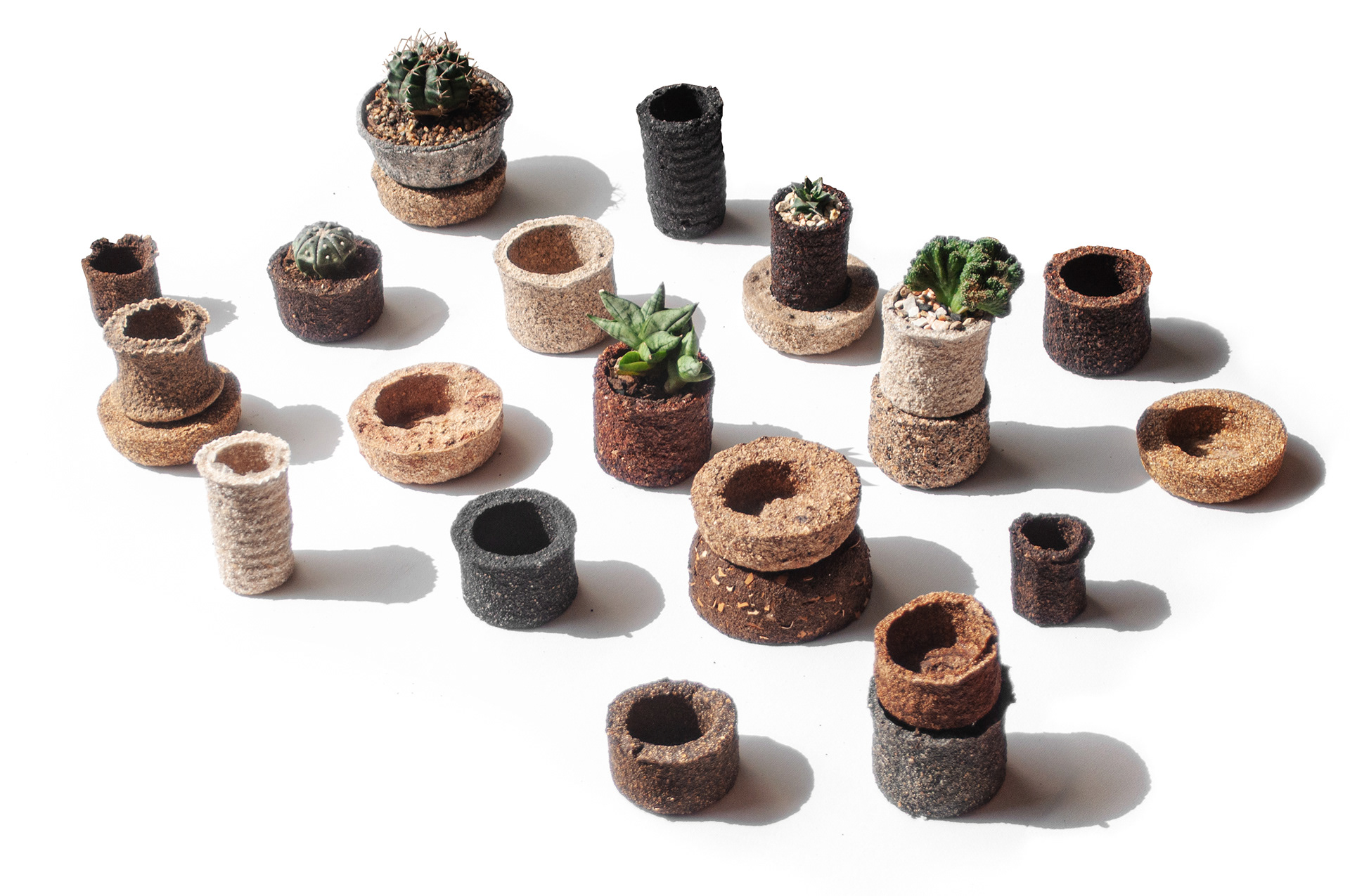
เราเร่ิมต้นทำไบโอพลาสติก พร้อมๆกันกับที่กรุงเทพฯเริ่มบังคับใช้มาตรการล็อคดาวน์อีกครั้ง การที่ชีวิตประจำวันส่วนใหญ่ ถูกย้ายมาอยู่ภายในบ้านทำให้ได้สังเกตุเห็นปริมาณขยะพลาสติก และขยะเศษอาหารภายในบ้าน ว่ามีปริมาณเพิ่มมากขึ้นกว่าปกติ เป็นจำนวนมาก และดูเหมือนว่าจะเป็นเช่นนี้ไปอีกซักระยะ
‘Plastic Twins’ เป็นการทดลองหาความเป็นไปได้ใหม่ๆของการจัดการทั้งขยะเศษอาหาร และขยะพลาสติกภายในบ้าน ซึ่งหลังจากการทดลองเยอะแยะมากมาย เราพบว่าขยะทั้งสองประเภทสามารถนำมาสร้างเป็น ‘ภาชนะไบโอพลาสติก’ ขึ้นใหม่ได้ ด้วยกระบวนการที่ง่ายพอๆกับการประกอบอาหาร โดยมีส่วนประกอบสำคัญคือ Agar Agar, Glycerol, น้ำ, ขยะเศษอาหาร ที่ตากแห้ง และถูกบดเป็นชิ้นเล็กๆแล้ว เช่น เปลือกไข่, กากกาแฟ, เปลือกผลไม้ต่างๆ, ฯลฯ และขยะพลาสติก เช่น ขวดน้ำ, กล่องอาหาร take away สำหรับใช้เป็นแม่พิมพ์เทส่วนประกอบข้างต้นทั้งหมดลงไป
ในผลงานชุดนี้ ภาชนะไบโอพลาสติกทำหน้าที่เป็น‘บ้าน’ให้กับต้นไม้ เพื่อสื่อสารแนวความคิดของการสร้างระบบนิเวศหมุนเวียน เล็กๆขึ้นภายในบ้านเราเอง จากกระบวนการแปรรูปเศษอาหารให้กลายเป็นภาชนะที่เป็นที่อยู่ให้ต้นไม้เติบโต จนสามารถกลายมาเป็นอาหารให้เราในอนาคต และอาจมีบางส่วนที่กลายมาเป็นเศษอาหารสำหรับเริ่มวัฏจักรเล็กๆอันใหม่ ในบ้านเราอีกไม่รู้จบ

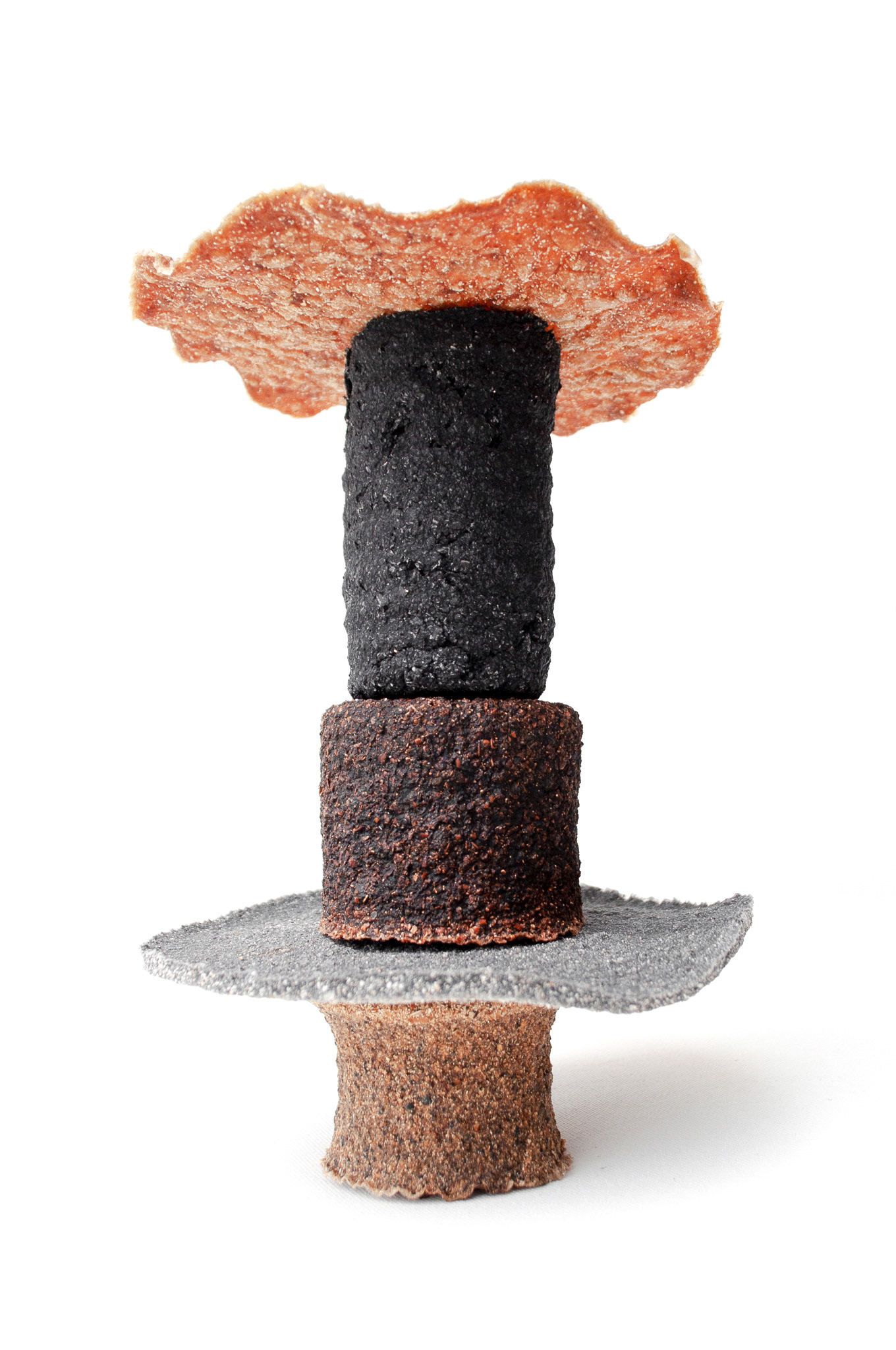
What are the challenges?
"The humidity, the mould, and the uncertainty of sunshine."
Why do you find these ingredients/materials interesting?
"I find all materials interesting as they each have their unique characters and quality which is unpredictable and fun to work with. Maybe that's why I didn't stick to just one main material. I like combining them together to continue creating new effects. It's almost like cooking a meal that I don't have to worry about the taste."
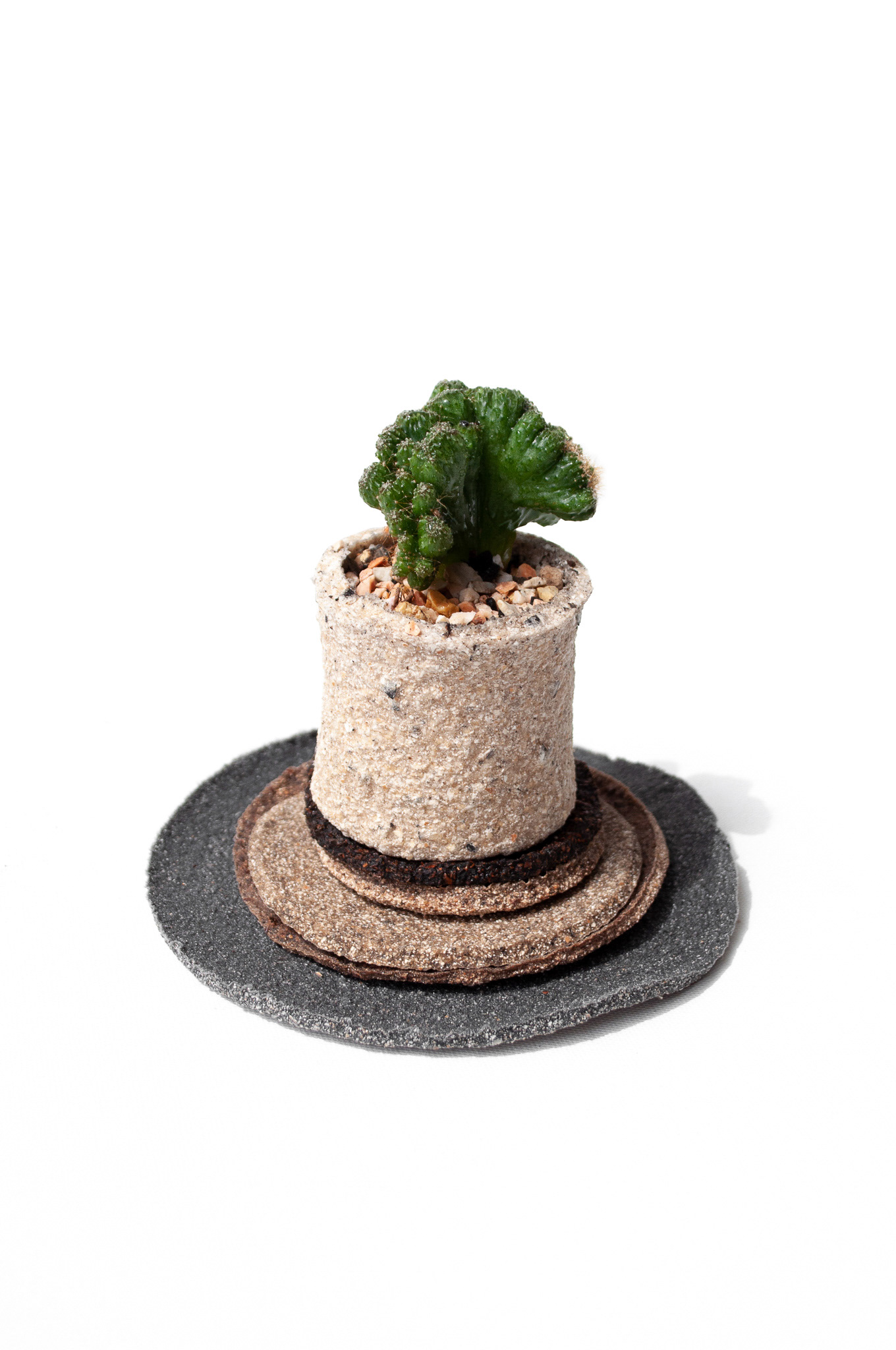
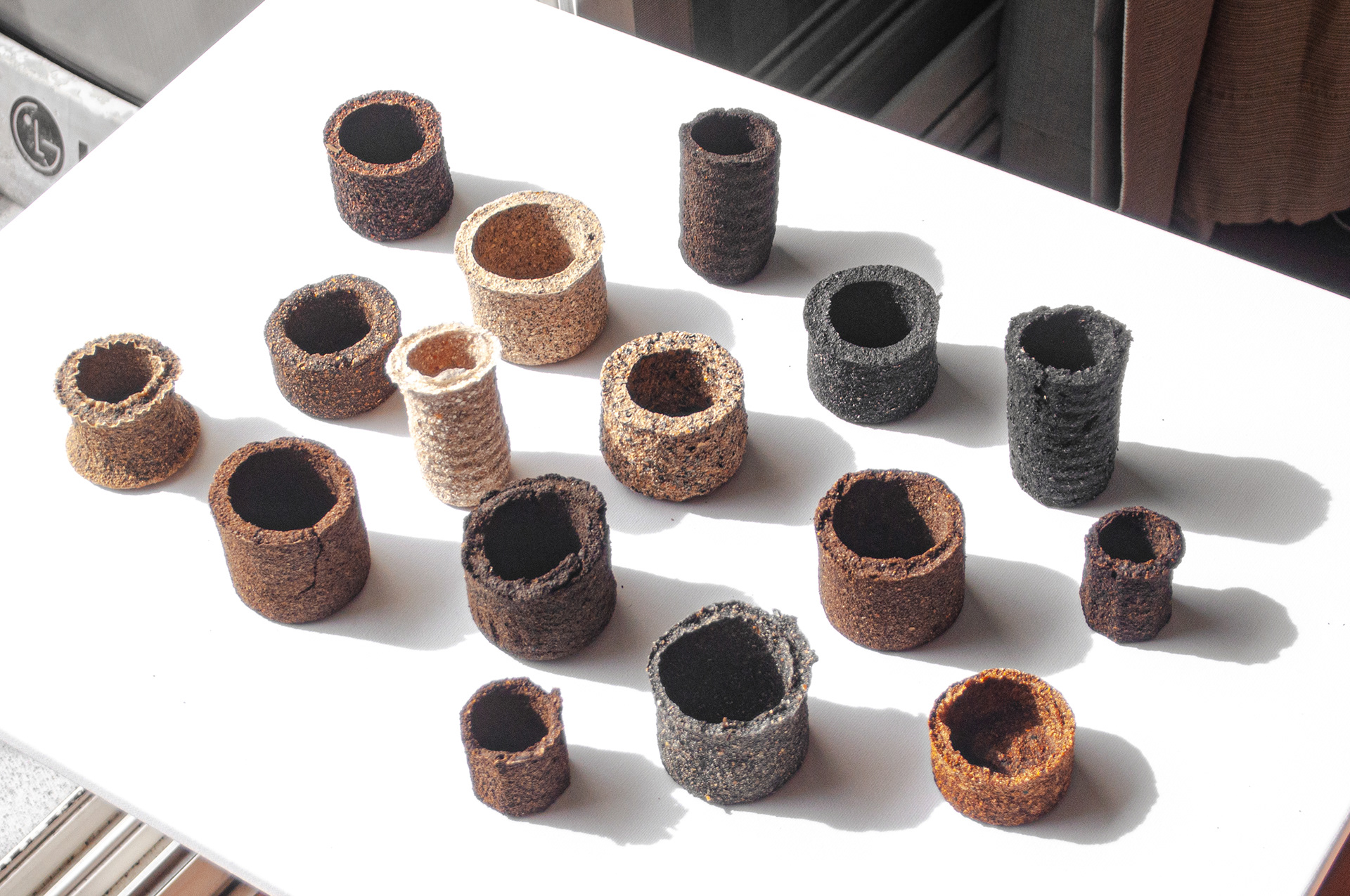
Do you feel content with the work?
"Super! This project has been bringing me so much joy. It is one of the things that keeps my creative energy alive during this pandemic time where I mostly stay at home. It keeps me wondering, experimenting, and developing something with a sense of adventure. My favourite part is to try mixing different ingredients of food waste and see how it turns out, then to think about how can it be used?"
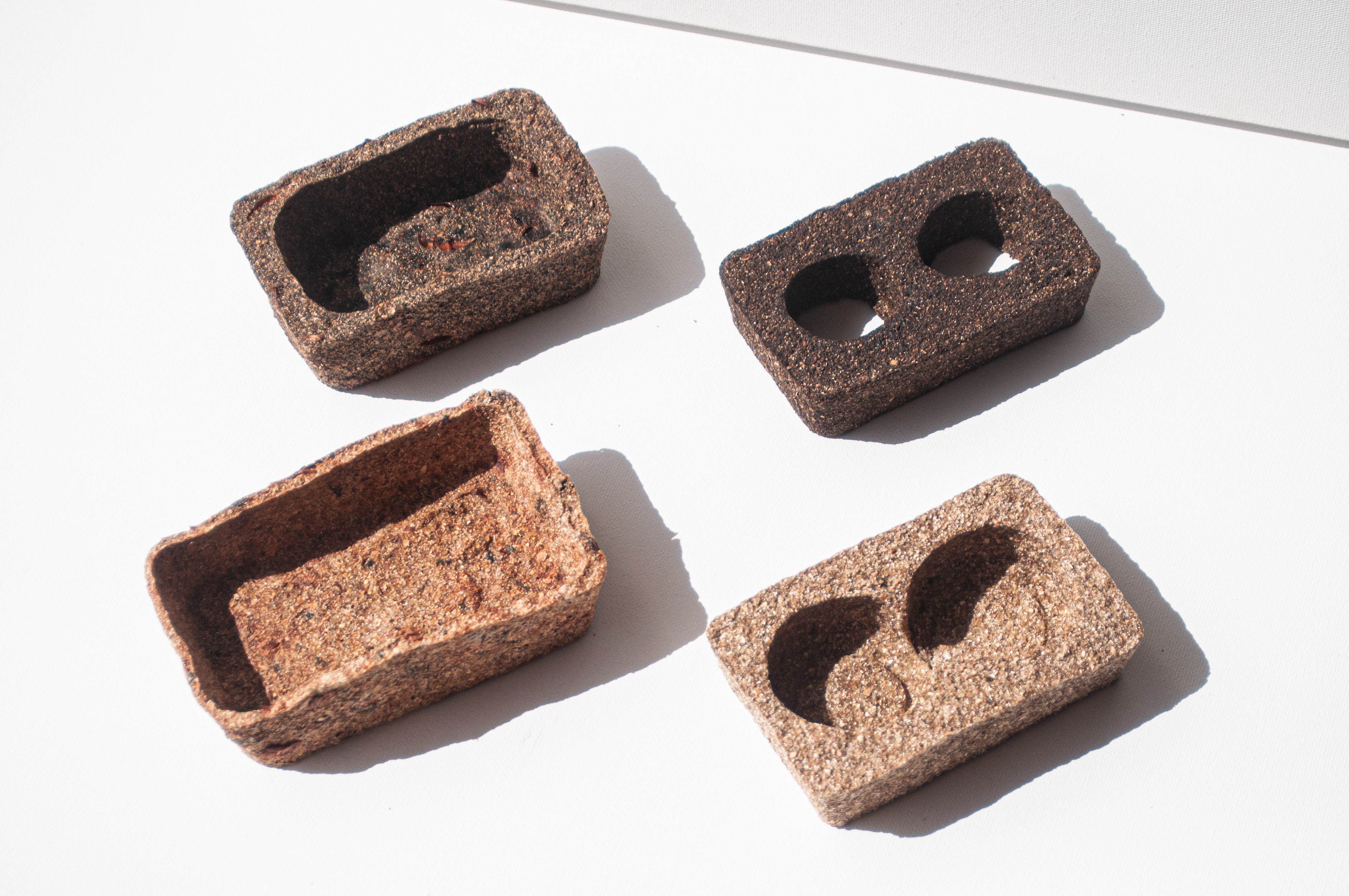
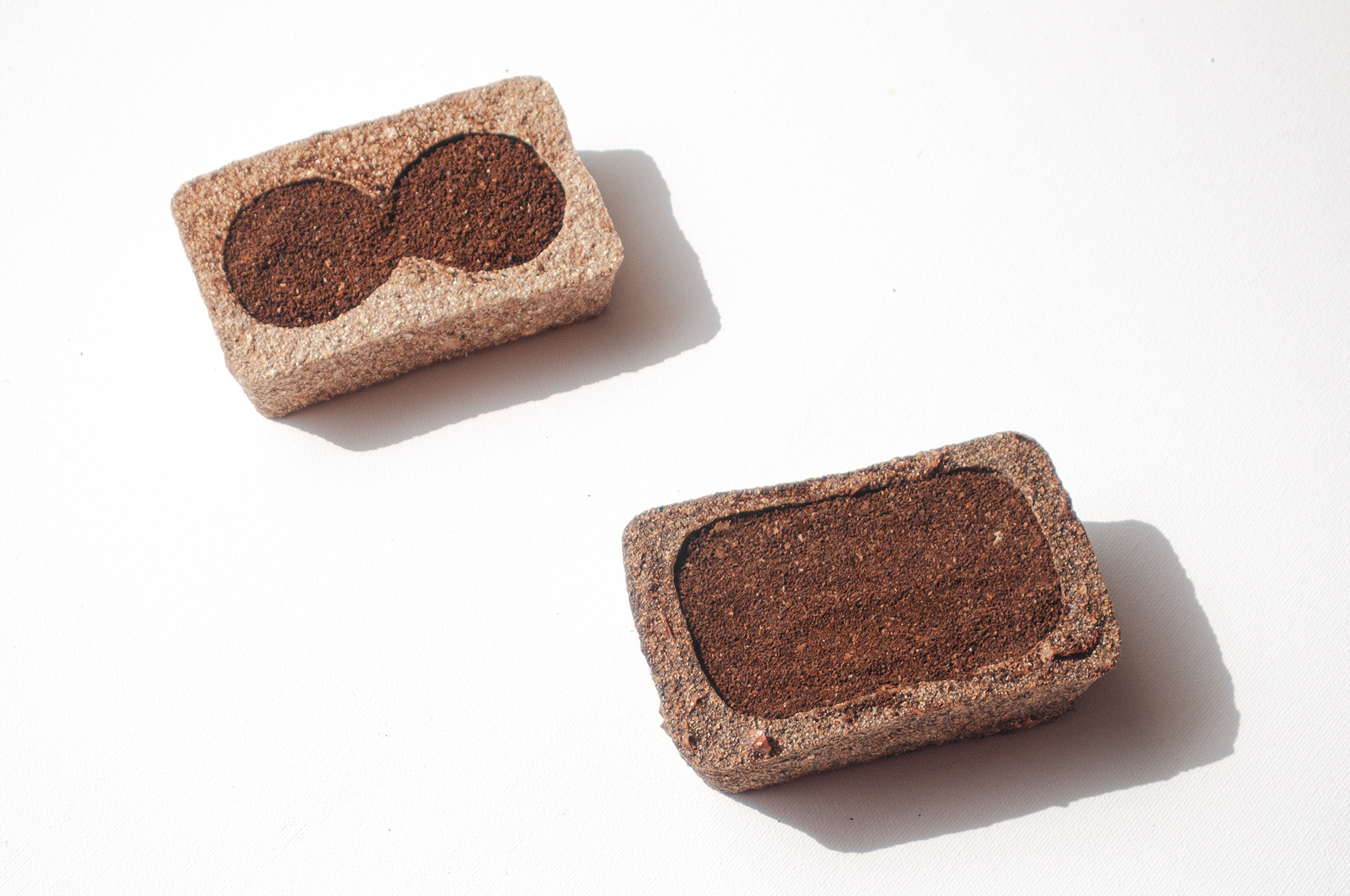
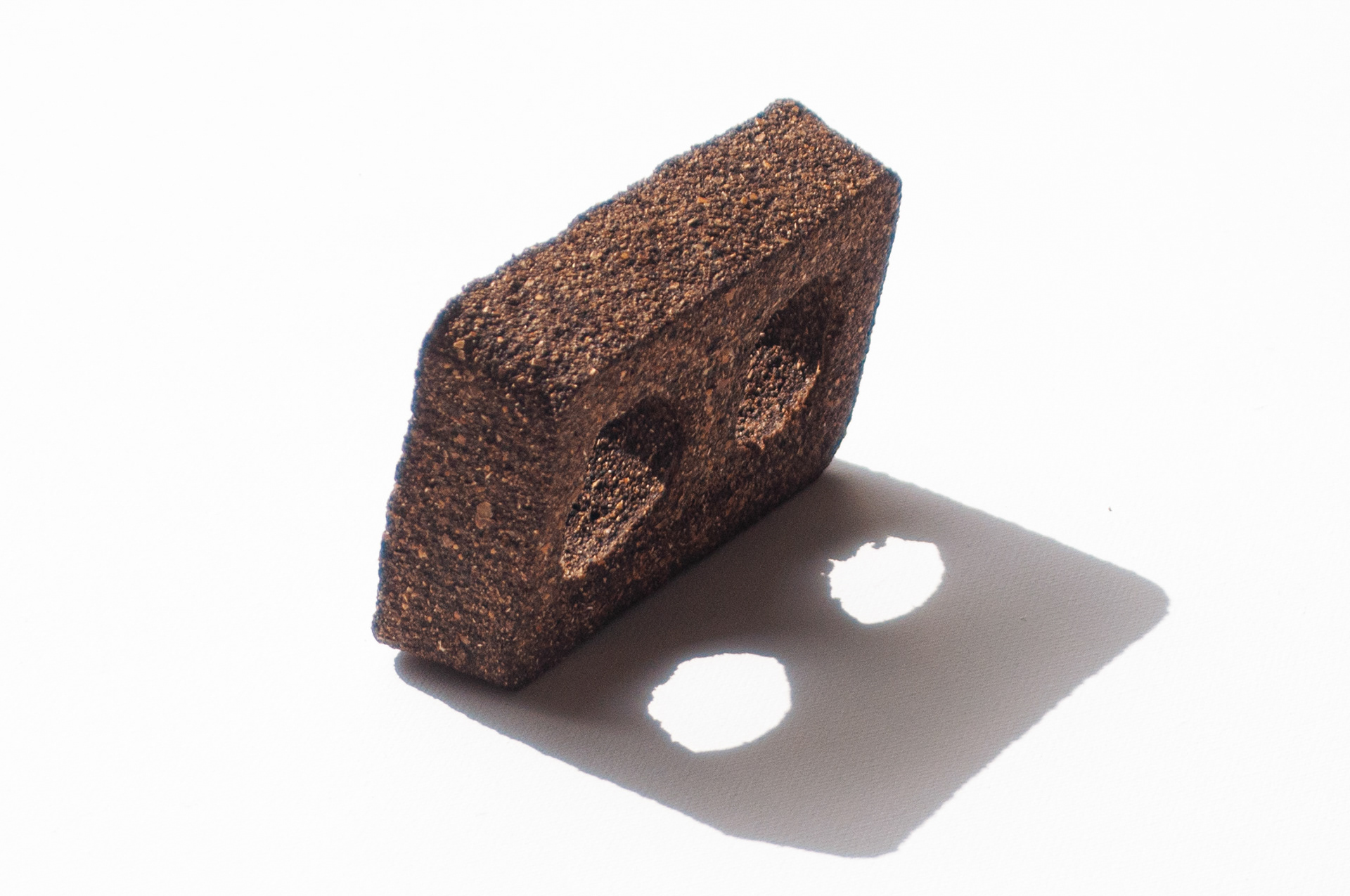
What do/don't you like about working with biomaterials?
"I like the way it influences my lifestyle. My daily routine and home organisation have been improved a lot since I started working on biomaterials. Because to me, it's a whole process from the food I eat to how I preserve and organise them as a waste. Sometimes I eat certain food just because I want to try using its waste to make a material (LOL). I may dislike its addictive quality. Nobody warned me that making biomaterial is addictive!"
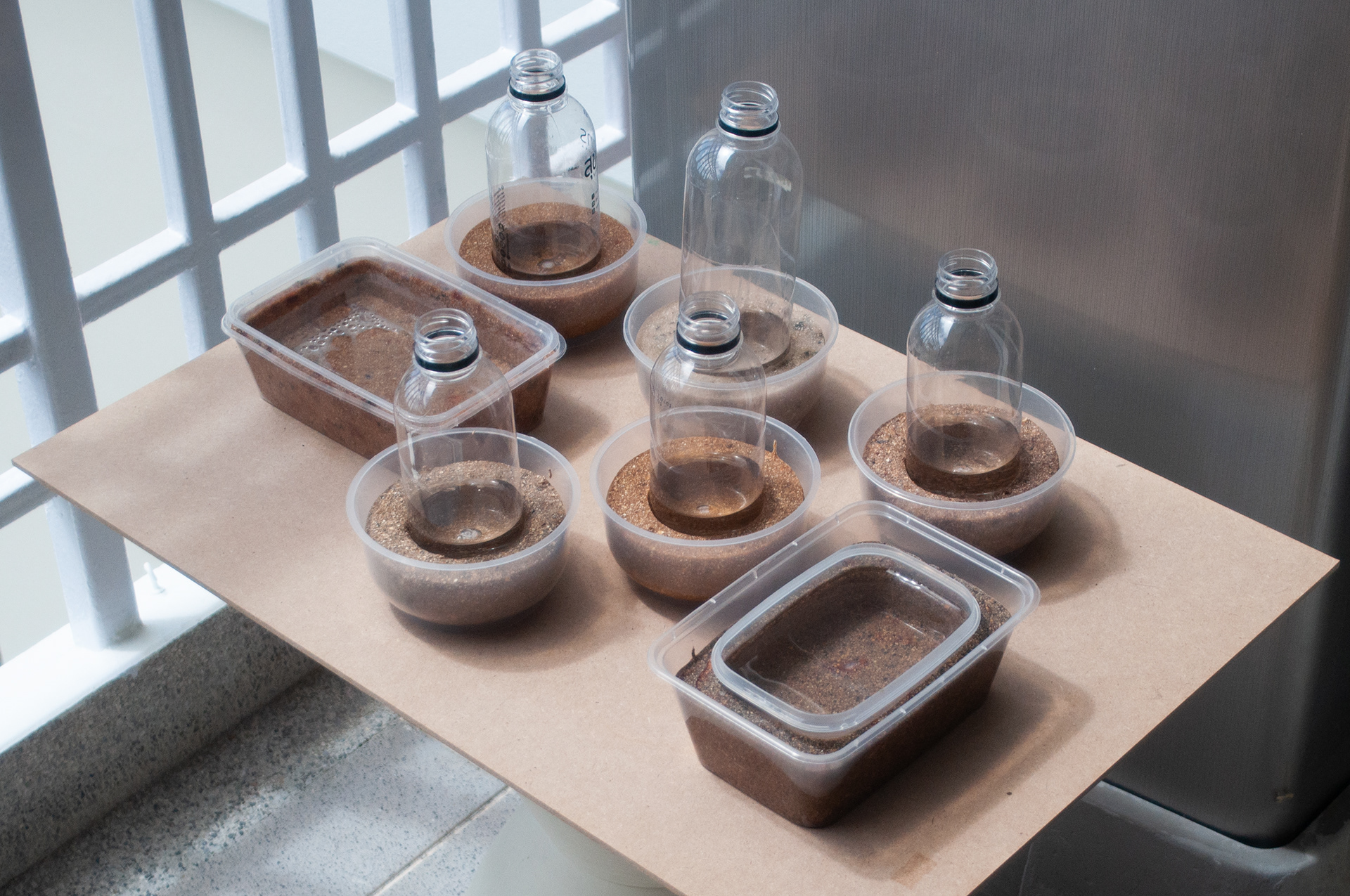
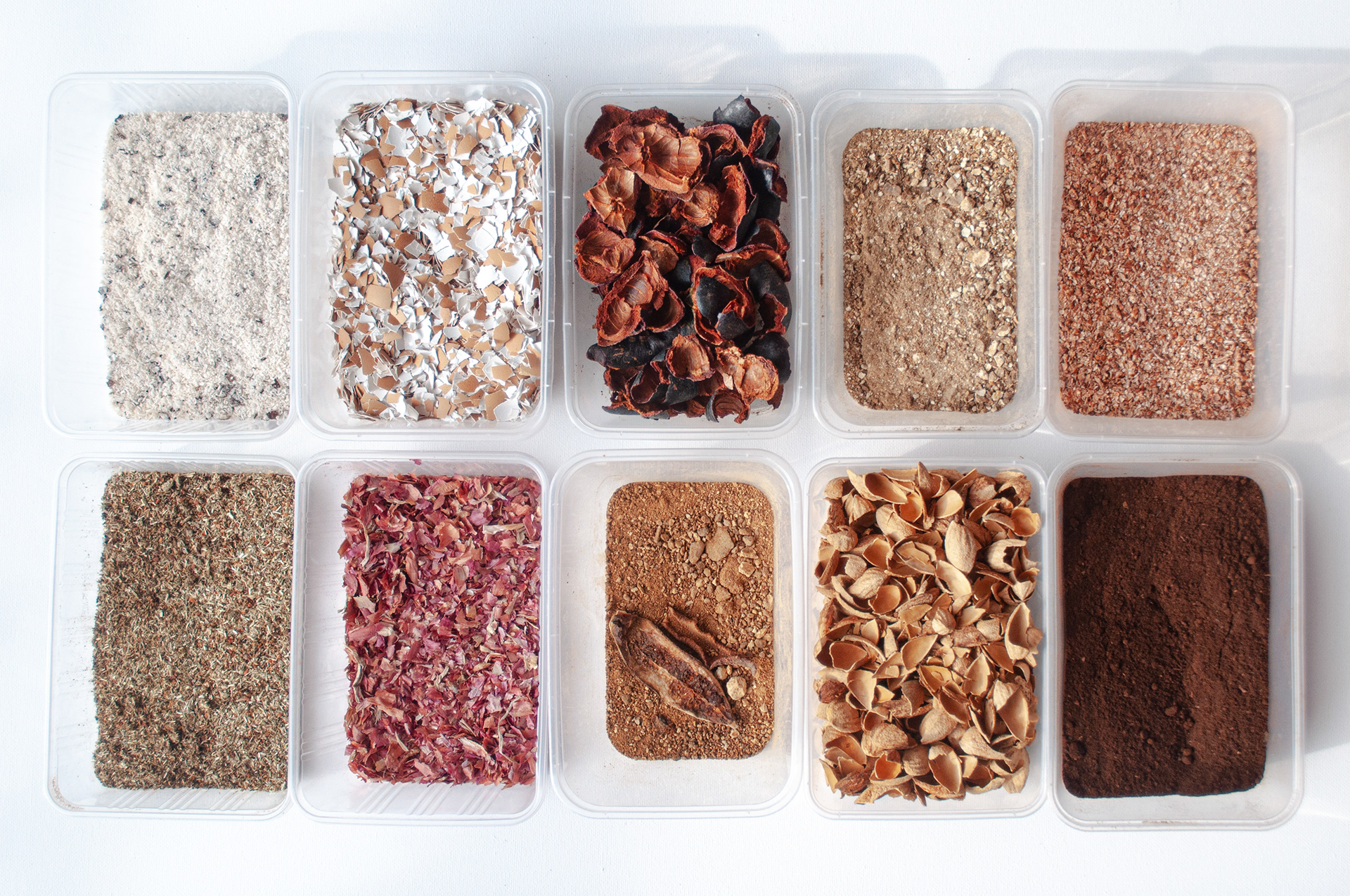
Do you want to explore more with biomaterials in the future?
"YES! Because it's fun!"
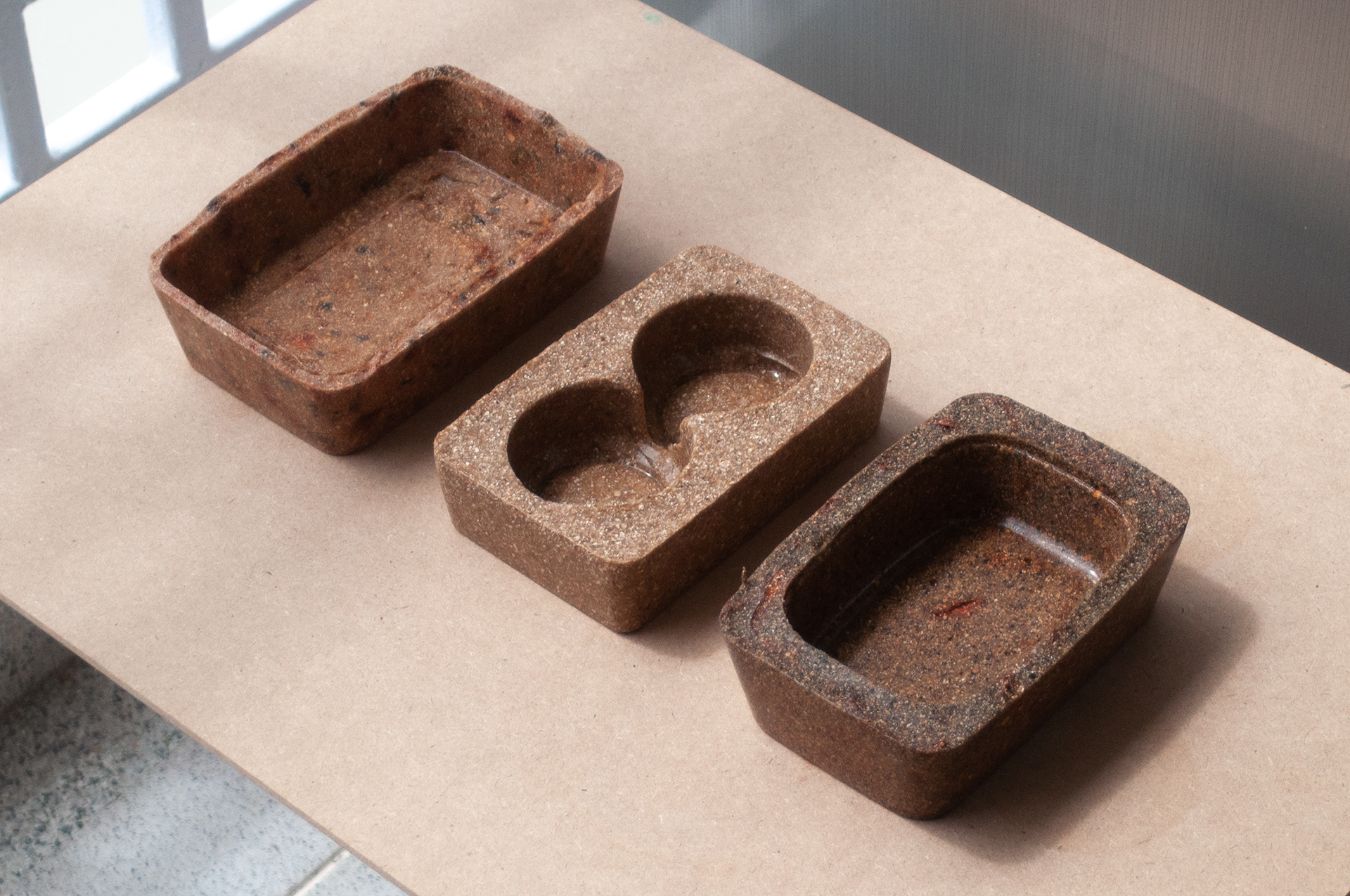
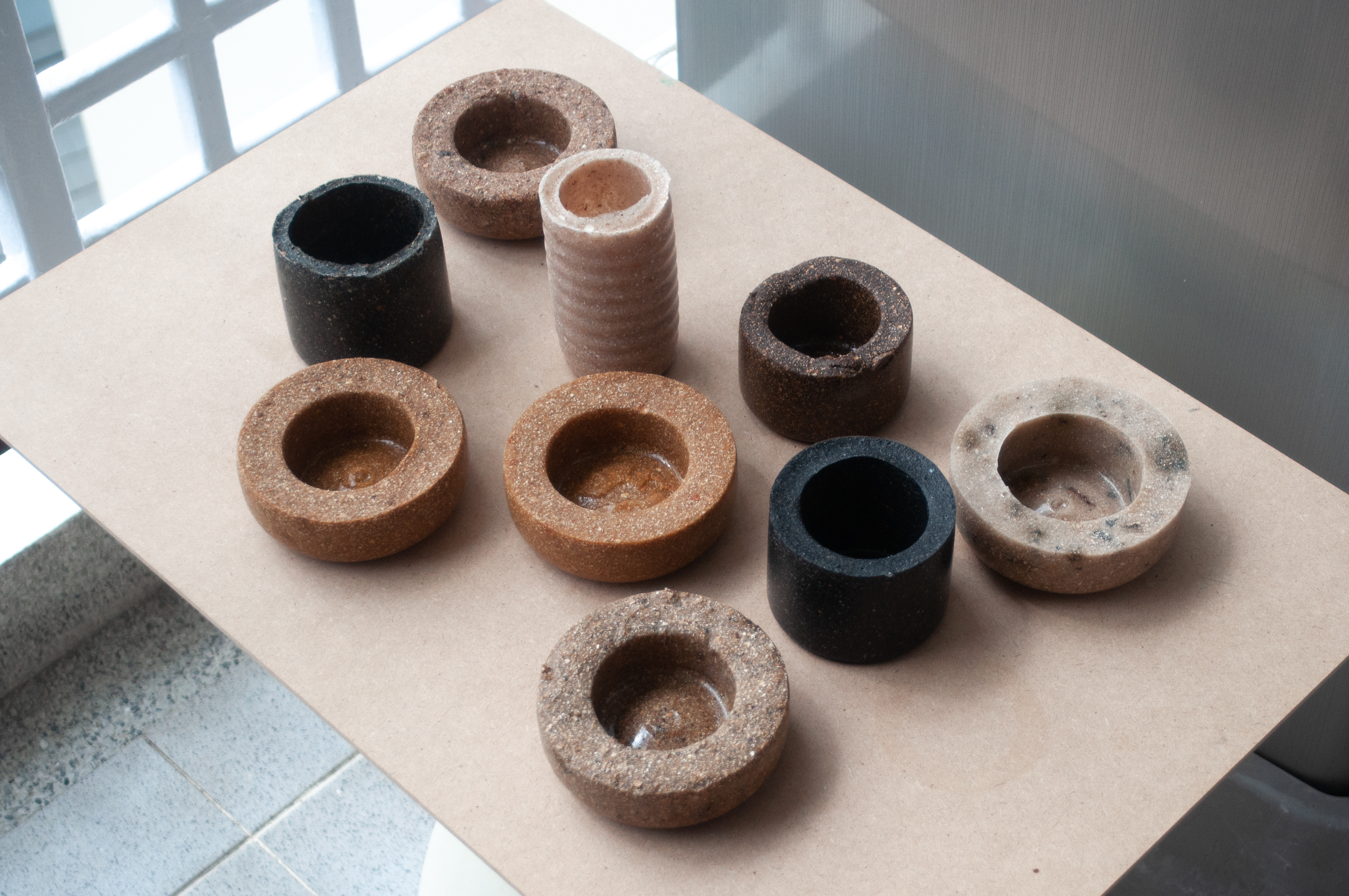
Hutsama Juntaratana - Designer
Hutsama is a Bangkok-based designer who experiments across the fields of art, design, and architecture with a continuing focus on creating positive social and environmental impacts. She works independently and collaboratively as a Design Director of Eyedropper Fill Studio, a multimedia design studio specializing in experiential and interactive design.
Her recent studio work includes ‘Rueng Loy’ a floating soundscape installation featured in MooBaan Wonder 2020 and ‘Aramarom’ a therapeutic space that invites people to explore and understand their emotions intimately through a series of interactive installations featured in Bangkok Design Week 2021. While her current interests lay in the subjects of biomaterials, biometric data, therapeutic space, and interesting quotes behind helmets (@hellohellmet).
Email: hutsama.jun@gmail.com
Website: hutsama.wordpress.com
Instagram: @hutsamaa
